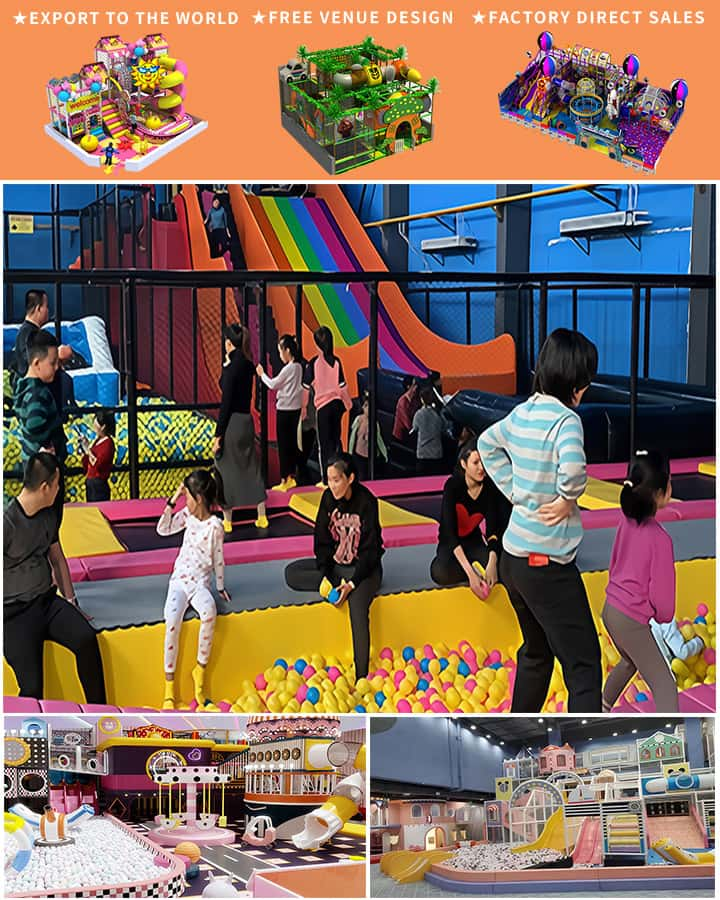When designing an indoor playground for children, selecting the right equipment is paramount. The goal is to create a safe, engaging, and stimulating environment that fosters physical activity, social interaction, and imaginative play. Here’s how you can make informed choices when it comes to children’s indoor playground equipment.
Safety First
Safety is non-negotiable when it comes to children’s play environments. Look for equipment that meets safety standards and certifications from recognized organizations. Ensure that all materials used are non-toxic and free from harmful substances. The equipment should have smooth finishes and rounded edges to prevent injuries. Regular inspections and maintenance should also be part of your routine to keep the playground safe.
Age Appropriateness
Children of different ages have varying needs and capabilities. For toddlers and younger children, choose soft, cushioned play structures like foam blocks or ball pits. Older kids might enjoy climbing walls, slides, and obstacle courses that challenge their physical skills. Always check the manufacturer’s recommendations for age suitability on each piece of equipment to ensure it’s appropriate for your target age group.
Educational Value

Incorporating educational elements into the indoor playground can significantly enhance the experience. Interactive panels with puzzles, number games, and alphabet activities can engage young minds while they play. Role-playing areas such as mini grocery stores or doctor’s clinics encourage imagination and teach social skills through pretend play.
Physical Development
Physical fitness is another crucial aspect of playground equipment. Items like balance beams, gymnastics rings, and mini trampolines promote coordination, strength, and agility. These pieces not only provide fun but also contribute to the child’s overall physical development.
Social Interaction
An indoor playground should foster social interaction among children. Multi-user equipment such as seesaws, merry-go-rounds, and cooperative play structures enable kids to develop teamwork and communication skills. Make sure there’s enough space around each piece of equipment so children aren’t overcrowded and can interact freely.
Aesthetic Design
While functionality is key, don’t overlook the importance of aesthetics. Bright colors, whimsical themes, and visually appealing designs can make the playground more enticing. However, avoid overly bright or harsh colors that might be overwhelming or distracting. The design should be cohesive, creating an inviting atmosphere that draws children in.
Versatility
Versatile equipment is always a plus. Modular playground sets that can be rearranged offer various configurations and activities, keeping the playground interesting and adaptable over time. This versatility helps maintain the engagement of children who might quickly tire of static setups.
Budget Considerations
Finally, consider your budget constraints. There’s a wide range of indoor playground equipment available at different price points. While you may want top-of-the-line items, balancing quality with cost is essential, especially if you’re managing multiple pieces within a larger space. Look for sales, discounts, and second-hand options without compromising on safety and quality.
By focusing on these key aspects—safety, age appropriateness, educational value, physical development, social interaction, aesthetic appeal, versatility, and budget—you can create an indoor playground that is both enjoyable and beneficial for children. Investing in high-quality, thoughtfully selected equipment will provide countless hours of fun, learning, and growth opportunities.




